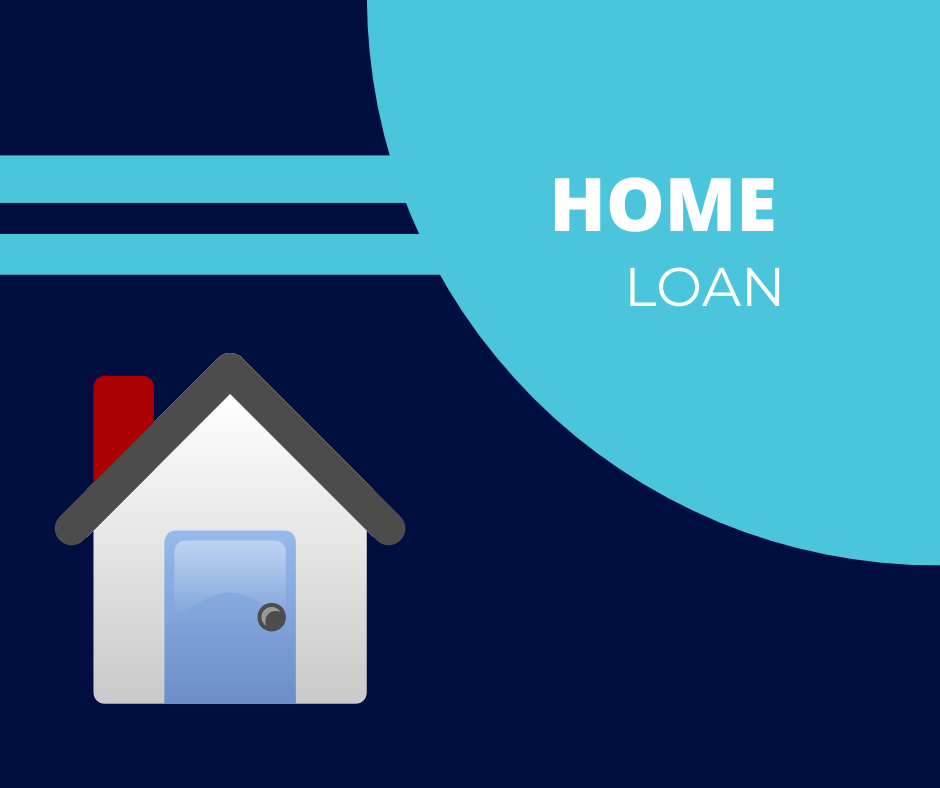Introduction
For most people, buying a home is a major life milestone, and it often involves taking out a home loan. Central to the process of securing a home loan is understanding home loan interest rates. These rates can significantly impact the cost of borrowing and the affordability of your dream home. In this blog post, we will explore the dynamics of home loan rates in India, including types of interest rates, factors influencing them, and strategies for making the best financial decisions.
Types of Home Loan Interest Rates
-
Fixed Interest Rates
- Stability: Fixed interest rates remain constant throughout the home loan tenure. This offers predictability, allowing you to plan your budget effectively.
- Higher Initial Rates: Fixed rates are generally slightly higher than floating rates initially, but they protect you from rate fluctuations.
-
Floating Interest Rates
- Market-Linked: Floating rates are variable and are tied to market benchmarks, such as the Repo Rate or MCLR (Marginal Cost of Funds Based Lending Rate).
- Potential Savings: They often start lower than fixed rates and can lead to significant savings if market interest rates remain stable or decrease.
Factors Influencing Home Loan Rates
-
Economic Conditions
- Inflation: High inflation can lead to higher interest rates to curb inflationary pressures.
- Economic Growth: A growing economy might lead to higher rates as central banks seek to prevent overheating.
-
Central Bank Policies
- Repo Rate: Changes in the central bank’s repo rate can impact home loan rates. A repo rate hike may result in higher loan rates.
-
Lender’s Policy
- Credit Score: Your creditworthiness plays a crucial role in determining your home loan rate. A higher credit score often results in lower rates.
- Loan Amount and Tenure: Larger loan amounts or longer tenures might lead to slightly higher rates.
-
Market Competition
- Lender Competition: The competitive landscape among banks and financial institutions can influence rates. Shopping around can help you secure a better deal.
Strategies for Navigating Home Loan Rates
-
Maintain a Healthy Credit Score
A good credit score is your key to lower home loan rates. Pay bills on time, reduce outstanding debt, and regularly monitor your credit report for accuracy.
-
Stay Informed About Market Trends
Keep an eye on financial news and central bank announcements. Market conditions can affect interest rates, and being informed allows you to make timely decisions.
-
Compare Offers Thoroughly
Don’t settle for the first offer you receive. Compare rates and terms from multiple lenders to ensure you’re getting the most competitive deal.
-
Consider Rate Locking
If you’re concerned about potential interest rate hikes, some lenders offer rate locking options that allow you to secure a specific interest rate for a period, even before you find a property.
-
Plan for Rate Fluctuations
If you opt for a floating rate, be prepared for fluctuations. Ensure your budget can accommodate potential rate increases in the future.
Conclusion
Home loan rates are a critical factor in your home buying journey. By understanding the types of rates, the factors influencing them, and adopting strategic approaches to securing the best deal, you can make well-informed financial decisions that not only make your dream home affordable but also align with your long-term financial goals. Remember that while rates are essential, other factors like loan tenure, down payment, and property value also play significant roles in the overall affordability of your home.





